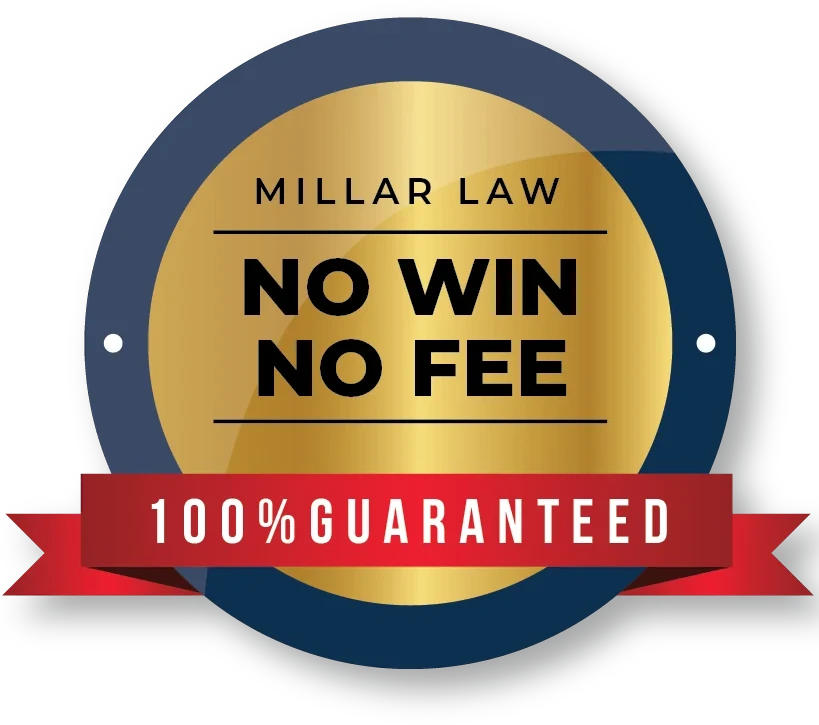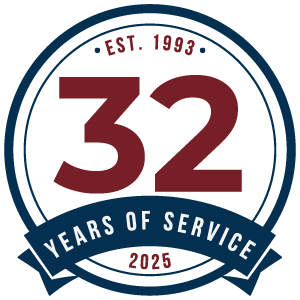How to Obtain Video Evidence for a Georgia Car Accident
Key Points:
- Video evidence of an accident can help clarify many crucial facts about what occurred, including who was at fault.
- Because video recordings may be overwritten, it’s important to act quickly to obtain the footage.
- Governmental sources of video footage, like traffic cameras and police officers’ body cameras, can be obtained through the Freedom of Information Act.
- Video recordings from commercial and private sources may be obtained through subpoenas if owners are reluctant to release them.
Table of Contents
How Video Evidence May Help You Win a Larger Settlement
After an accident, human eyewitnesses can be wonderful advantages to help paint the picture of what occurred and who was at fault. But unfortunately, people’s memories quickly fade. Video evidence, on the other hand, remains clear and difficult to refute.
Because most video evidence is difficult to alter, it is generally accepted as truth. However, if there is any suspicion alteration has occurred, it can be easily discovered by photographic forensics. Therefore, video and photographic evidence are powerful tools in the settlement process.
Here are five ways you may obtain video evidence after a car accident:
Smartphone Videos
Today’s smartphone technology allows us to carry high-quality video cameras in the palm of our hands, no matter where we go. People tend to be eager to record interesting developments that happen in everyday life. (Social media proves this.)
If people were around the location of the accident, somebody might have captured video or still images. This is particularly likely if there was a flurry of activity, such as shouting, emergency responders, or violence, after the crash. These smartphone videos could be extremely valuable evidence in reaching a settlement.
The people behind the lens who observed and captured the incident are also witnesses who could help you prove your case. This is one of the reasons police officers interview onlookers and obtain contact information for their reports. Witness information is also available to you or your lawyer upon request.
Intersection and Highway Cameras
It is common for State and local governments to install cameras at major intersections and highways to monitor activity. The recordings can also be useful in proving the facts of an accident at or near that location. If your accident was captured on film, this information is available to you and your lawyer. While obtaining such evidence might seem daunting, the Freedom of Information Act allows the government to release such documents and evidence upon formal request. Therefore, getting these recordings is worthwhile as they can make your claim easier to win.
Local Business Security Footage
If your accident took place on a city street or in a parking area adjacent to stores and businesses, it is likely that the security footage captured by such businesses can be used to clarify how your accident took place.
Banks and ATM locations almost always have 24/7 video surveillance. It’s quite possible the camera contains footage that shows your accident. Unfortunately, some private businesses, including banks, are often reluctant to share their videos because they do not want to infringe upon patrons’ privacy. Because security camera videos are frequently recorded over, getting the evidence quickly, before the evidence is lost, can be challenging. In cases like this, it may be necessary for your lawyer to act to preserve these tapes immediately.
Police Body Cameras or Dashboard Cameras
Because police officers are often out and about, it is not unusual for them to observe accidents as they happen. Not only can a police officer’s accounts of an accident make for reliable testimony, but they may also have body or dashboard cameras that captured the events.
Doorbell or Residential Cameras
If your accident took place in a neighborhood, privately-owned doorbell cameras might have captured the accident on video. For example, television news reports across the country recently featured doorbell footage of a film star’s car speeding through a residential neighborhood before crashing into a home. This footage left no doubt that the driver was speeding recklessly.
Usually, people are willing to help in such cases, but when they are not, your lawyer may need to act to preserve the evidence and make such footage available to you.

 1201 West Peachtree Street #2339 Atlanta, GA 30309+1-770-212-3795$0-$100000
1201 West Peachtree Street #2339 Atlanta, GA 30309+1-770-212-3795$0-$100000The reception staff was very caring and helpful! I would definitely recommend this law firm to my friends and family. Excellent service!

How Lawyers Request Video Evidence
Lawyers sometimes must enlist the help of the judicial system to find video evidence and compel cooperation by the owners of the footage. Some people may be reluctant to turn over evidence to a plain-clothed person, but a uniformed law enforcement officer with a subpoena is difficult to refuse.
However, it’s essential to act quickly when it comes to video recordings. Many residential and business cameras record over older footage, which means your crucial evidence could disappear forever if not preserved. Therefore, the sooner you can obtain video evidence, the better.
Once you have consulted with and retained your legal team, they will thoroughly evaluate the accident, survey where it happened, and seek out potential sources of accident footage. Lawyers will act quickly to preserve and obtain this valuable evidence to ensure you have the documentation necessary to see full and fair compensation for your damages.















